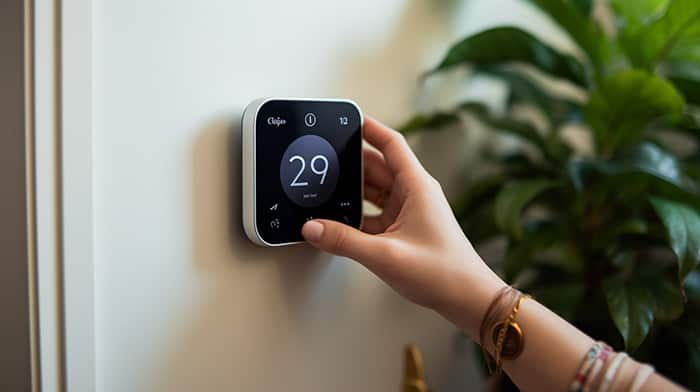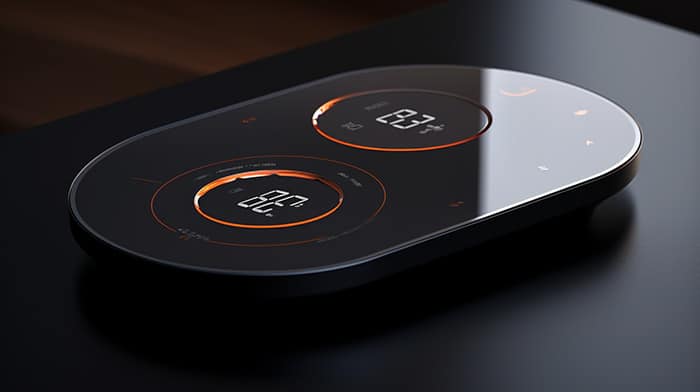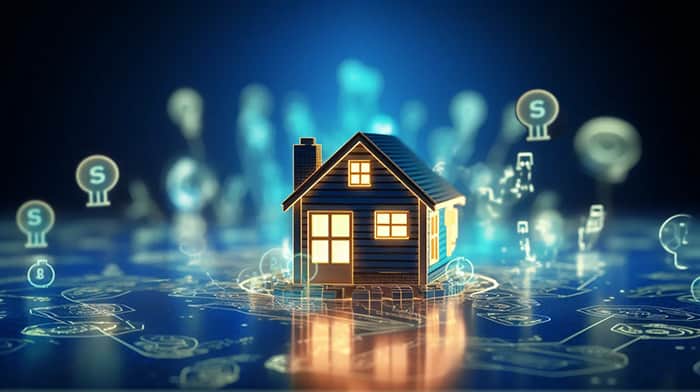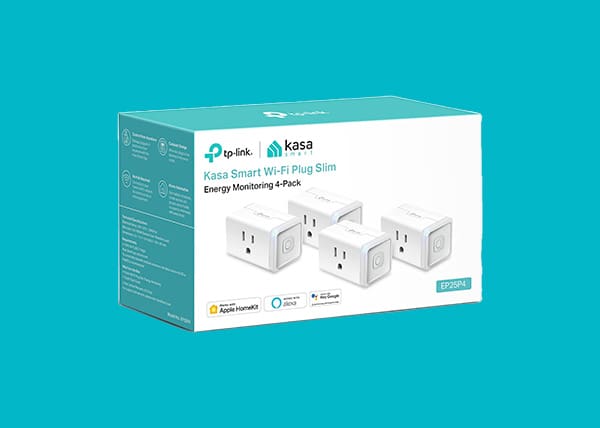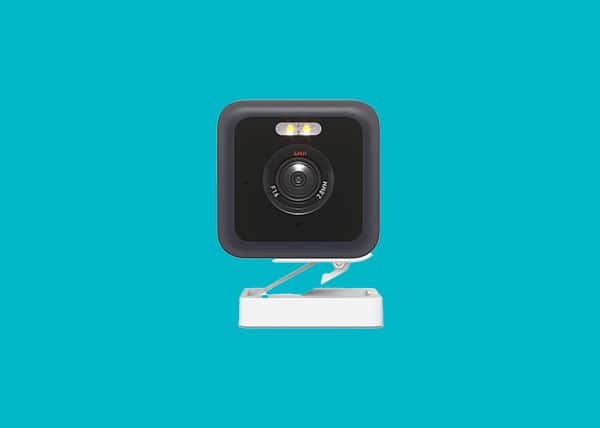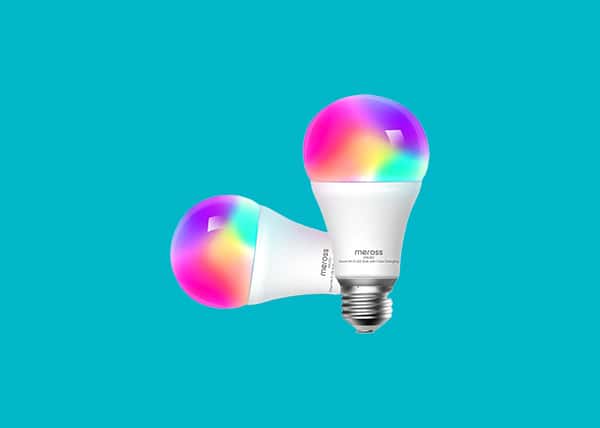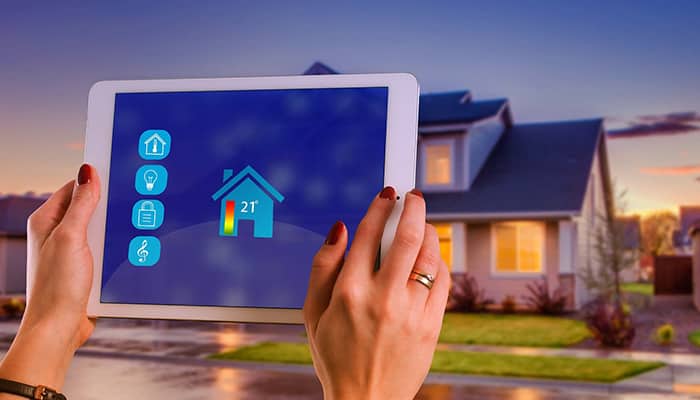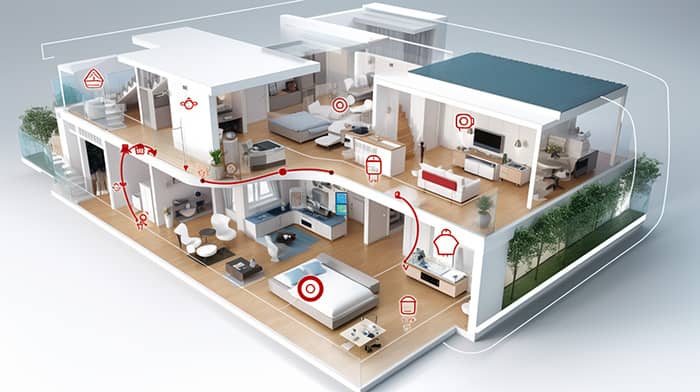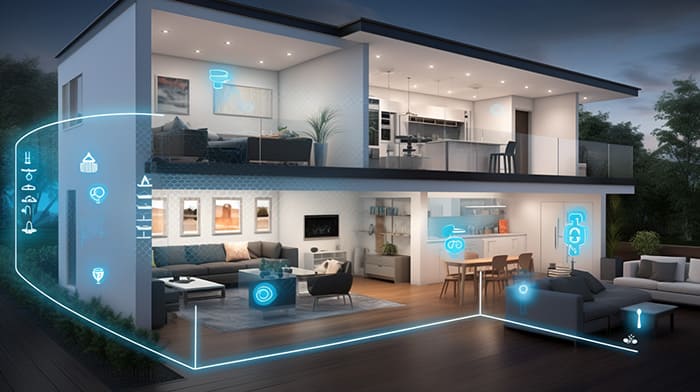Best Amazon Smart Home Devices
Exploring the Best Amazon Smart Home Devices: Revolutionizing Modern Living

As an avid user and tech enthusiast, I have been fascinated by the way these devices have seamlessly integrated into our everyday lives, making tasks easier and more efficient. Best Amazon Smart Home Devices are a collection of smart devices that are designed to provide convenience, control, and automation for the home. They can be controlled through a single app or through voice commands, offering an effortless way to manage your home. In this blog post, I will share my experiences with Amazon Smart Home Devices, highlighting their benefits, the top devices that are revolutionizing modern living.
The Rise of Smart Home Technology

It seems like just yesterday when the idea of controlling your home appliances with a simple voice command seemed like a far-fetched dream. Fast forward to today, and smart home technology has become a reality, thanks to companies like Amazon. The rise of smart home technology is a testament to how far we’ve come in the realm of technology. It’s an exciting time to be alive, witnessing the transformation of our homes into smart, connected spaces.
The journey of smart home technology began with the introduction of simple devices like programmable thermostats and has now evolved to include a wide array of devices that offer unprecedented control over our homes. From smart speakers that can play your favorite music to smart plugs that can turn your appliances on and off remotely, the rise of smart home technology has certainly made our lives more convenient.
The popularity of smart home technology can be attributed to two factors – its practicality and its affordability. Not only do these devices offer practical solutions to everyday problems, but they are also reasonably priced, making them accessible to a large number of people. As a result, more and more households are embracing smart home technology, marking a new era in the realm of home automation.
Benefits of Best Amazon Smart Home Devices

Amazon’s influence extends beyond mere product offerings; it encompasses an entire ecosystem designed to simplify and elevate daily life. With a focus on user-centric design and cutting-edge technology, Amazon has positioned itself as a leader in the rapidly evolving landscape of smart home solutions. One of the primary reasons why I love Amazon Smart Home Devices is the plethora of benefits they offer. Whether it’s the convenience of controlling my home appliances with a single app or the peace of mind that comes from knowing my home is secure, these devices have truly enhanced the quality of my life.
The first and most obvious benefit is convenience. With Amazon Smart Home Devices, I can control various aspects of my home from anywhere in the world. Whether I’m at work or on a vacation, I can check on my home, control my appliances, and even monitor my security cameras, all with a few taps on my smartphone. Another benefit is energy efficiency. By automating various aspects of my home, I have been able to significantly reduce my energy consumption.
Devices like smart thermostats and smart light bulbs automatically adjust their operations based on my usage patterns, helping me save on my energy bills. Lastly, Amazon Smart Home Devices offer a sense of security and peace of mind. With devices like security cameras and smart doorbells, I can monitor my home in real-time and be alerted immediately if there’s any suspicious activity. This has given me a sense of assurance that my home is safe, even when I’m not around.
Top Amazon Smart Home Devices
In the dynamic realm of smart home technology, Amazon boasts an extensive lineup of innovative devices designed to elevate the modern living experience. From intelligent voice assistants to cutting-edge security solutions, Amazon’s commitment to user-centric design and seamless integration is evident across its product range.
Amazon Echo Series
Echo Dot
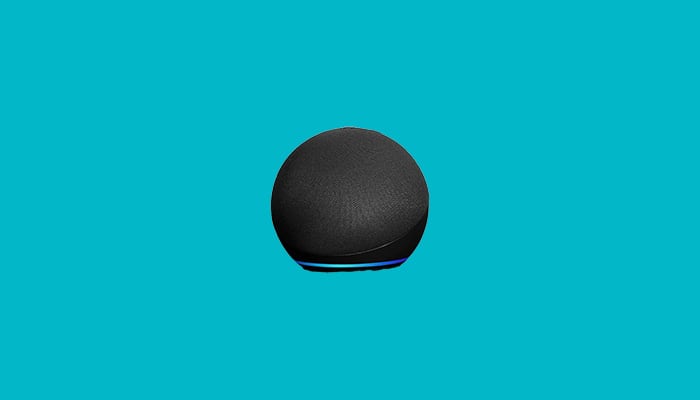
The Echo Dot stands as a compact yet powerful entry point into Amazon’s smart home ecosystem. With its diminutive size, it seamlessly fits into any room while providing robust voice control capabilities. This device serves as a gateway to the world of Alexa, allowing users to effortlessly manage smart devices, play music, and access a wealth of information.
You can check out the Prices here.
Echo Show

The Echo Show takes smart displays to the next level, combining the functionality of a screen with the power of Alexa. Users can enjoy visual interactions, whether it’s making video calls, watching streaming content, or viewing live feeds from compatible security cameras. The Echo Show is a testament to Amazon’s commitment to a multifaceted and immersive smart home experience.
You can check out the Prices here.
Echo Studio
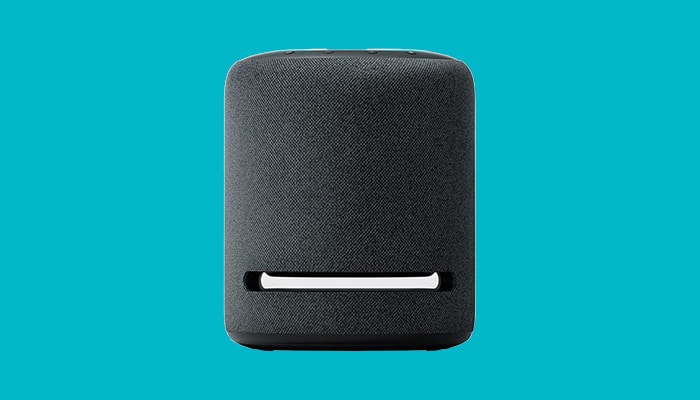
For audiophiles seeking a premium audio experience, the Echo Studio delivers immersive, high-fidelity sound. This smart speaker incorporates advanced audio technology, adapting to the acoustics of any space. With Alexa seamlessly integrated, users can control their music, smart home devices, and more, all through voice commands.
You can check out the Prices here.
Amazon Fire TV Cube
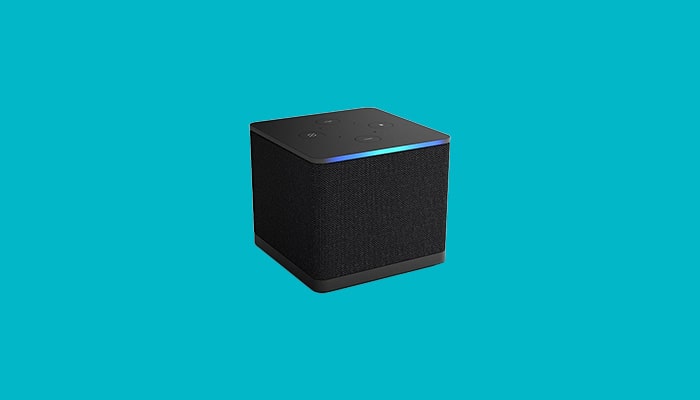
The Fire TV Cube combines the convenience of a streaming device with the power of voice control. This compact cube not only offers 4K streaming capabilities but also serves as a hub for controlling compatible smart home devices. With hands-free voice commands, users can effortlessly navigate content, adjust settings, and even dim the lights for an optimal entertainment experience.
You can check out the Prices here.
Ring Video Doorbell
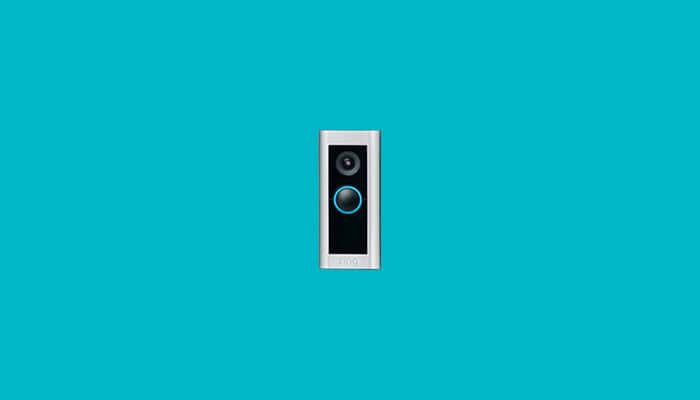
Enhancing home security, the Ring Video Doorbell provides users with real-time video footage of their doorstep. With features like motion detection and two-way communication, homeowners can monitor and interact with visitors remotely. The seamless integration with Alexa allows for voice commands to check who’s at the door, reinforcing Amazon’s commitment to a secure and interconnected home environment.
You can check out the Prices here.
Amazon Smart Thermostats
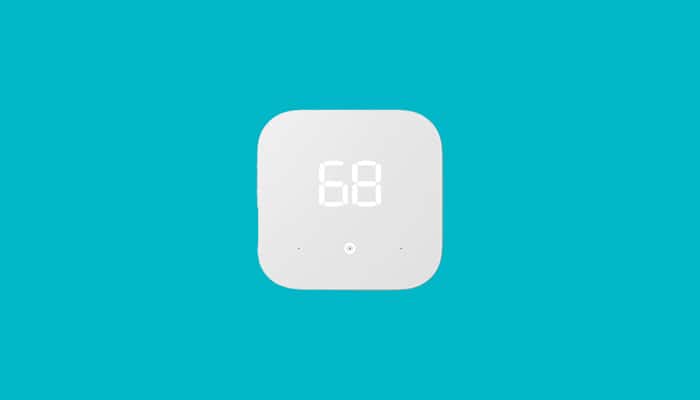
Amazon’s smart thermostat offerings contribute to energy efficiency and climate control. These devices allow users to remotely manage their home’s temperature through Alexa commands or mobile apps. With features like learning algorithms and adaptive scheduling, Amazon’s smart thermostats provide a personalized and eco-friendly approach to home comfort.
You can check out the Prices here.
Amazon Smart Cameras and Security Systems

Amazon’s foray into home security includes a range of smart cameras and security systems. These devices offer features such as motion detection, cloud storage, and integration with other smart home components. Users can enjoy peace of mind, knowing that their homes are equipped with intelligent surveillance that seamlessly integrates into the broader Amazon smart home ecosystem.
You can check out the Prices here.
How to Choose the Right Amazon Smart Home Device
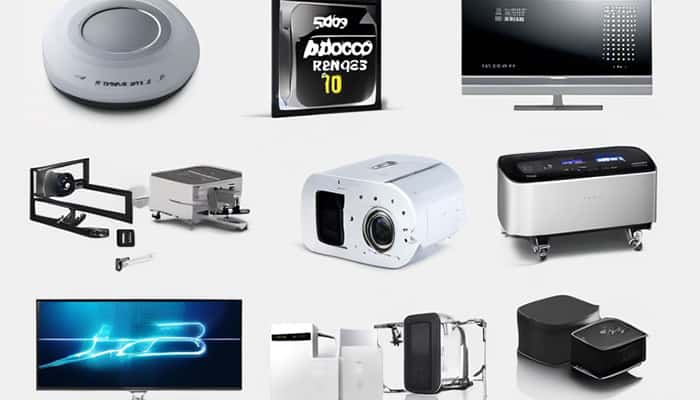
Choosing the right Amazon smart home device can be an overwhelming task considering the numerous options available. However, by following a few steps, you can make an informed decision. Here’s a list of steps to help you choose the right Amazon smart home device:
- Assess your needs: Determine what you want to achieve with a smart home device. Whether it’s controlling lights, playing music, or managing security, understanding your needs will help narrow down your options.
- Research the available devices: Visit the Amazon website or explore other reliable sources to gather information about the different Amazon smart home devices. Pay attention to features, compatibility, and customer reviews.
- Consider the ecosystem: Amazon offers various smart home devices, including Echo speakers, Fire TV, and Ring security cameras. Consider choosing devices that are part of the same ecosystem for seamless integration and control.
- Compatibility with other devices: If you already own smart devices like smart bulbs or thermostats, check if the Amazon smart home device is compatible with them. Ensure that the device you choose can connect and control your existing devices.
- Evaluate voice assistant capabilities: Amazon smart home devices come with Alexa, a voice assistant. Consider the voice assistant capabilities, such as language support, third-party app integrations, and skills, to ensure it meets your requirements.
- Determine the device form factor: Amazon offers devices in various form factors, such as speakers, displays, and streaming devices. Decide which form factor suits your needs and fits well within your home decor.
- Set a budget: Determine your budget for the smart home device. Amazon offers devices at different price points, so setting a budget will help narrow down your options and avoid overspending.
- Check for additional features: Look for additional features that might enhance your smart home experience. For example, some devices offer built-in Zigbee hubs or screens for video calls and streaming. Consider these features based on your preferences.
- Read customer reviews: Customer reviews provide valuable insights into the performance and reliability of Amazon smart home devices. Read both positive and negative reviews to get a comprehensive understanding.
- Make the final decision: After considering all the factors, narrow down your options to a few devices that meet your requirements. Compare their features, pricing, and customer reviews to make the final decision.
By following these steps, you can choose the right Amazon smart home device that aligns with your needs, budget, and preferences. Remember to keep your long-term goals in mind to ensure scalability and compatibility with future smart home additions.
Comparing Amazon Smart Home Devices with Other Brands

While Amazon Smart Home Devices are undoubtedly some of the best in the market, it’s worth mentioning that there are other brands that offer high-quality smart home devices. Brands like Google, Apple, and Samsung have their own range of smart home devices, each with their unique features. Understanding how Amazon’s smart home ecosystem compares to its competitors is crucial for consumers seeking the most suitable and integrated solutions for their homes.
Google Home
Google Home stands as one of the primary contenders in the smart home arena. With its lineup of smart speakers and Nest devices, Google provides users with voice-controlled assistance and a range of home automation options. A comparative analysis will delve into the strengths and weaknesses of Google’s ecosystem, exploring factors such as device compatibility, voice recognition capabilities, and overall user experience.
Apple HomeKit
Apple’s HomeKit offers a seamless integration of smart home devices for users within the Apple ecosystem. Known for its emphasis on privacy and security, HomeKit provides a unique set of features and compatibility with Apple devices. This section will evaluate how Apple’s approach differs from Amazon, examining the interoperability of devices, the level of customization, and the overall user satisfaction.
Other Major Players in the Market
Beyond Google and Apple, various other companies contribute to the diversity of smart home ecosystems. This part of the comparison will touch upon notable alternatives, highlighting specific strengths and innovations. By exploring different ecosystems, readers can gain a comprehensive understanding of the competitive landscape and make informed decisions based on their preferences and existing technology infrastructure.
In the ever-evolving landscape of technology, Amazon’s dedication to smart home innovation suggests a promising future. As the ecosystem continues to grow and adapt, we can anticipate even more sophisticated devices, enhanced integration capabilities, and a deeper emphasis on user-centric experiences. The future of Amazon smart home devices holds exciting possibilities for those seeking to embrace the next wave of technological evolution.
Best Amazon Smart Home Devices Read More »

